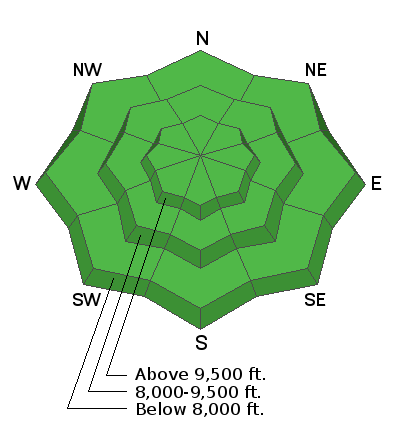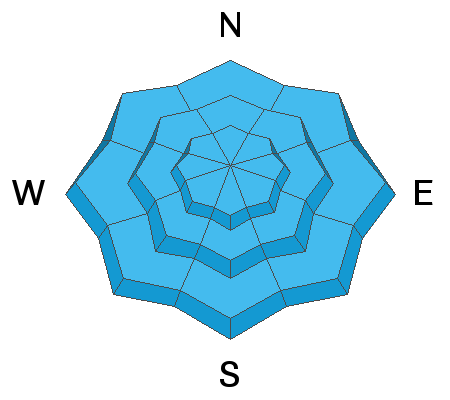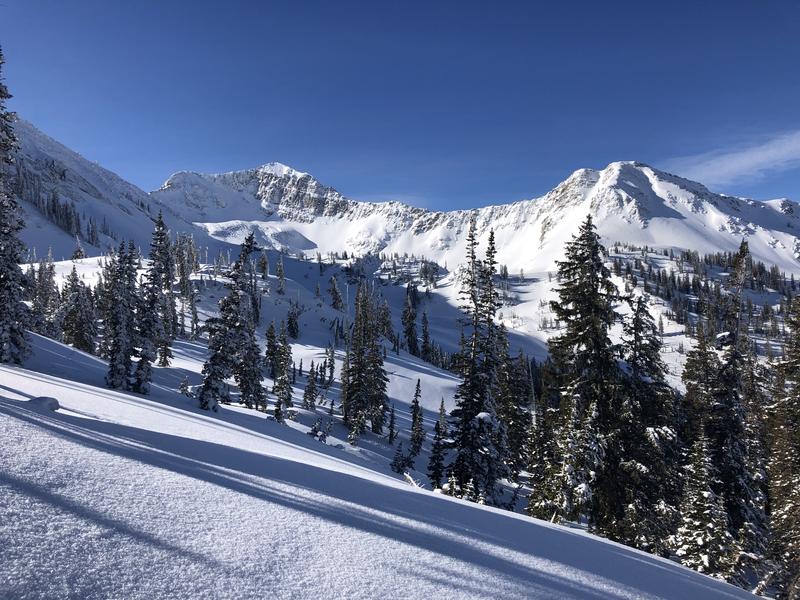Discounted lift tickets - Thanks to the generous support of our Utah ski resorts and Ski Utah, all proceeds from these ticket sales go towards paying for avalanche forecasting and education! Get your tickets
here.
Currently: Skies are clear and temperatures in the Provo mountains are in the upper 20's and low 30's F. Winds are out of the south through west and gusty. Along 10,000' ridges winds are averaging in the teens with gusts in the 20's. At 11,000' winds are averaging in the 20's with gusts in the upper 30's mph.
Today: Another beautiful day in the mountains with temperatures rising into the 20's and low 30's F. Winds will be westerly, averaging in the teens with gusts in the 20's mph. Add 10 mph to that along exposed ridges at 11,000'. Mid and high-level clouds will increase this afternoon as a dry cold front enters the region.
This Weekend: Beginning late Saturday things become more active with periods of snow on a westerly flow. A strong cold front enters the region later Sunday night, bringing periods of heavier snow, with over a foot possible by later Monday.










